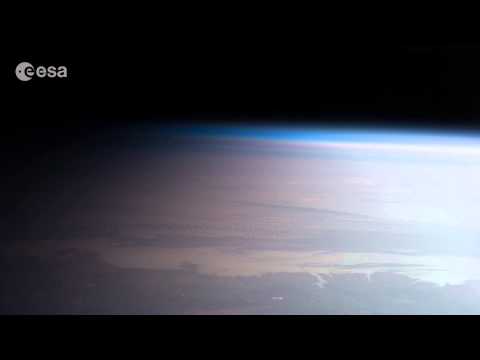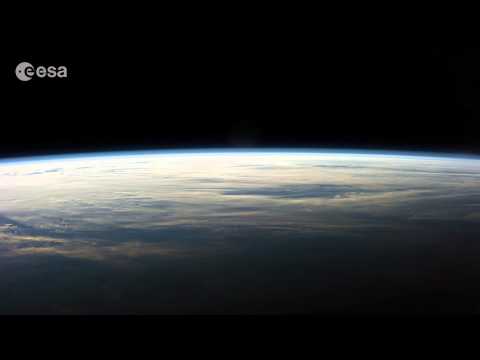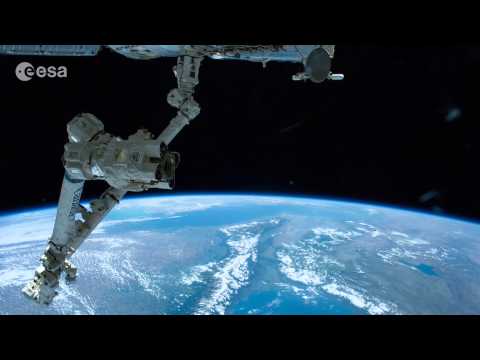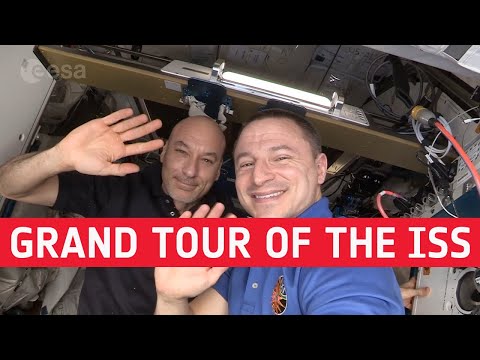Nighttime fisheye timelapse
This timelapse video from space was taken by ESA astronaut Alexander Gerst from the Cupola observatory module on the International Space Station as it orbited Earth at around 400 km altitude. As the Space Station passes over Earth at night we can see city lights and lightning.
The International Space Station travels at 28 800 km/h meaning that it only takes 90 minutes to circle Earth completely. Each orbit the Station moves around 2200 km to the West in relation to 90 minutes before.
Astronauts often use normal consumer digital cameras to take pictures of Earth through Europe’s observatory module Cupola in their spare time. Setting the camera to take an image every few seconds and then playing the images back quickly create this timelapse effect.
Alexander worked as a geophysicist and volcanologist before he was chosen as an ESA astronaut in 2009. His Blue Dot mission includes an extensive scientific programme of experiments in physical science, biology, and human physiology as well as radiation research and technology demonstrations. All experiments chosen make use of the out-of-this-world laboratory to improve life on Earth or prepare for further human exploration of our Solar System.





wow
'Could watch this 24/7 …
Are those flashes of lightning that can be seen?
Just 26 sec. ????
'Facebook NELSON LARICCIA AVIATION!
Amazing! 🙂
doesnt make sense! if the camera is stable- and POV is in the night part of the earth and sun is behind the earth. why at the end of the video the sun appears? definitely the sun stays and don't move and behind the earth in this POV.. but why it appears At the end of the video? does the camera moves? can some one some explain ?
Spectacular view
Fisheye timelapse from the Station's Cupola module.
#ISS #timelapse
Bullshit